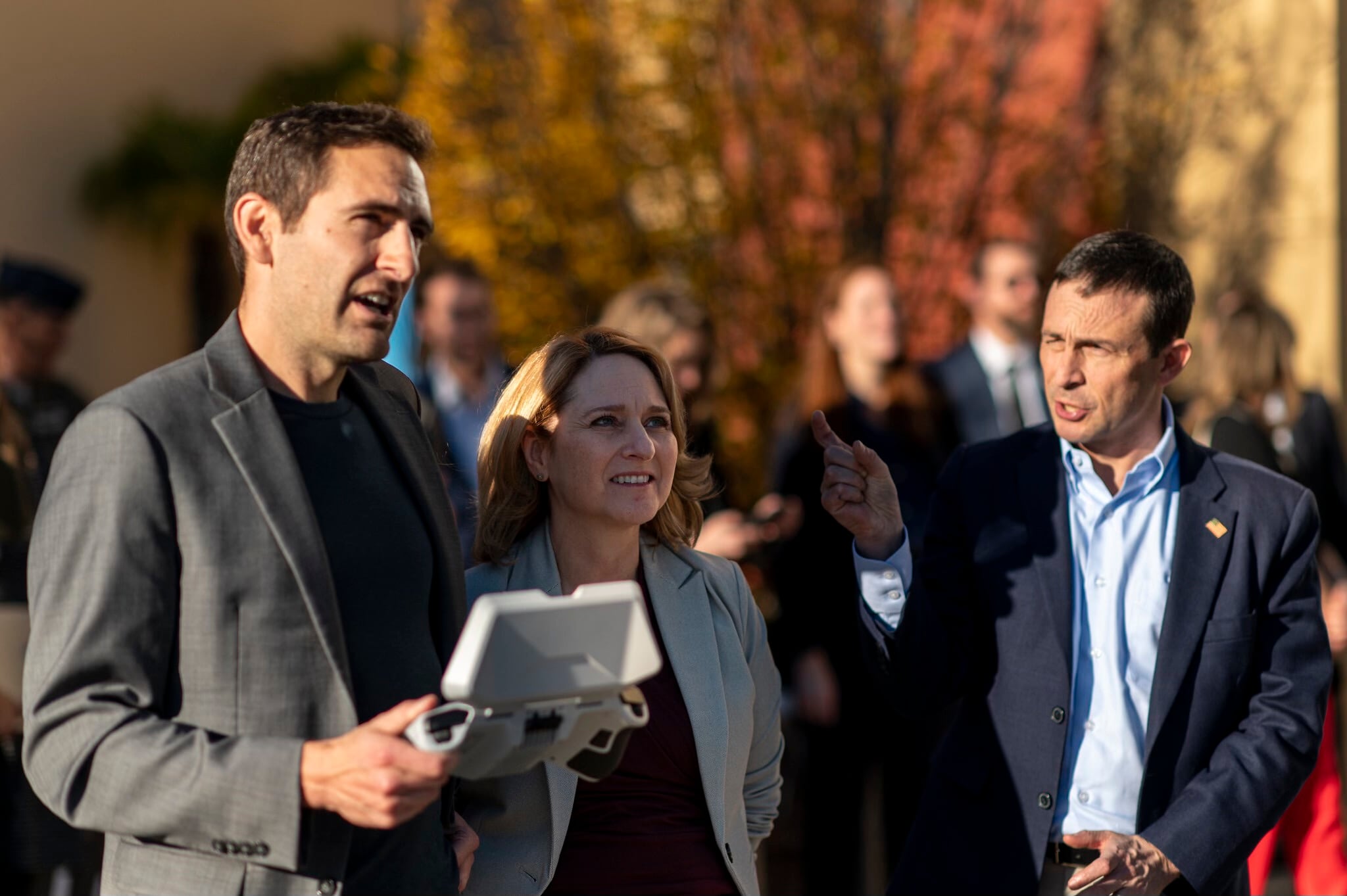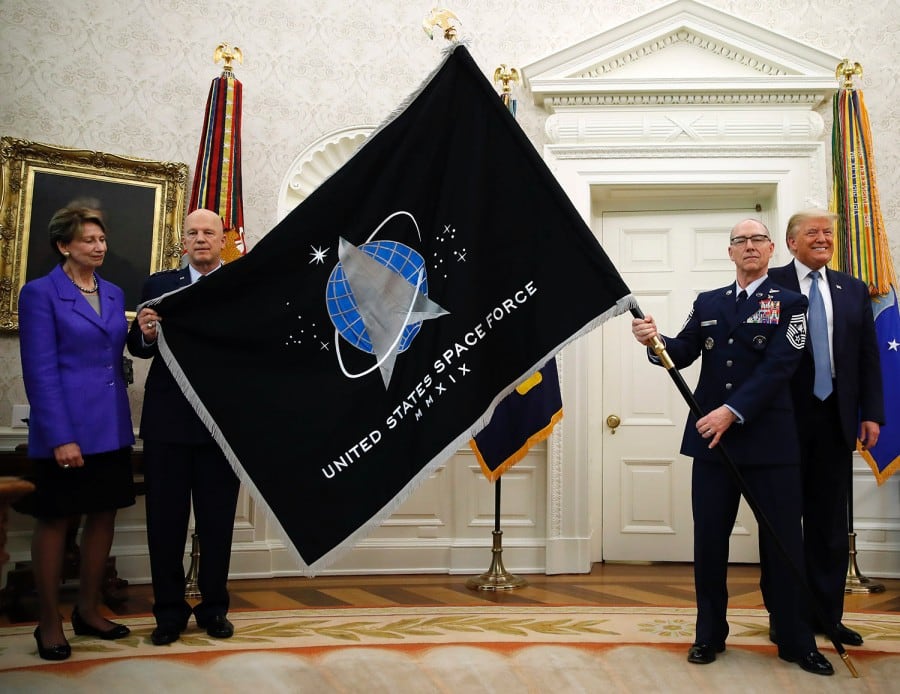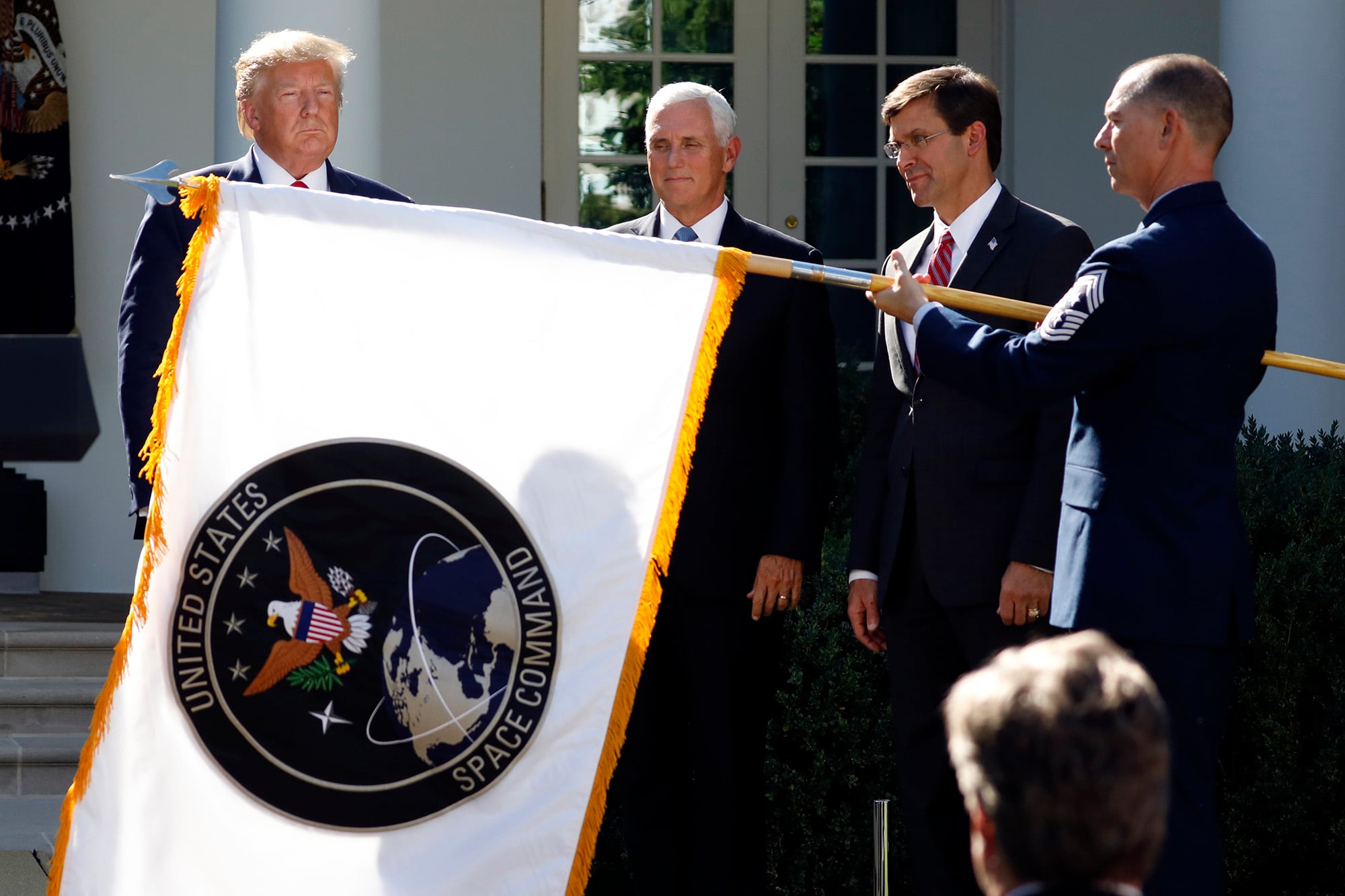Editor's Note: In this contributed interview, Greg Wenzel, Executive Vice President and Lead, Digital Solutions/C4ISR, Strategic Innovation Group, Booz Allen Hamilton discusses the challenges government and military leaders face when procuring command, control, communications, computers, intelligence, surveillance and reconnaissance systems in a changing threat environment.
What are the chief challenges or problems facing C4ISR systems today?
Greg Wenzel: We hear government and military leaders cite several interrelated challenges. First, there's a lack of effective interoperability due to proprietary stovepipes. Second, the systems are not user-friendly, due in part to clunky or non-existent interfaces. The end result is that you have war fighters struggling to monitor multiple screens or communicate using several different radio systems or operate multiple types of proprietary hardware and software systems. Third, C4ISR systems often lack the latest capabilities that may already be commonly available in the commercial sector due to the lengthy acquisition process. On top of that, the insertion of new technologies after fielding can be difficult and costly due to the proprietary nature of so many systems.
Ultimately, C4ISR systems are paying too much for systems that operate below their capabilities due to multiple stovepipes. What we really need is "Integrated C4ISR."
So how do we build or achieve Integrated C4ISR?
Wenzel: It starts with how we design, build, and field our systems. Our traditional acquisition process—the "big bang" acquisition of independent, proprietary C4ISR systems—was well suited to meet our Cold War requirements when each system was fielded primarily to meet a specific mission need. They were not necessarily designed to interoperate seamlessly with systems outside their mission space.
But the asymmetric mission threats our war fighters are facing have changed dramatically, as has the technical evolution of capabilities in our C4ISR systems. Today, we operate in a digital ecosystem in which war fighters, both in the command centers and on the front lines, have the potential to collect, share and analyze vast amounts of information that can significantly enhance situational awareness, giving the U.S. military unmatched superiority. However, our current acquisition approach prevents us from taking full advantage of the 21st-century digital ecosystem.
What do you mean by "digital ecosystem"?
Wenzel: Think about modern consumers and how they routinely operate in their personal lives to meet their specific, situational needs. For instance, your consumer might begin the day by using an Open Table app on his smartphone to make a lunch reservation. He walks to the restaurant from work because he is monitoring his exercise and health on his Fitbit app. While walking back to the office, he uses a Will Call app to make reservations to see a play with his spouse. Our consumer uses his Uber app to get from his office to the theater. And on the way home, he uses his NEST app to turn the heat up on the thermostat so their home will be warm when they arrive.
Our consumer can access the data and apps transmitted through emerging technologies because the digital ecosystem is open. Consumers don't need new, proprietary software or hardware to interact with each new application, social media, or other technologies. It's all there at their fingertips. That's the way Integrated C4ISR should operate for our war fighters to significantly improve situational awareness and real-time decision-making.
So how should we go about acquiring and building Integrated C4ISR within an open digital ecosystem?
Wenzel: Rather than integrating independent and proprietary systems after they are built and fielded, government and military organizations should aim to create Integrated C4ISR in which integration, interoperability and security are designed in from the ground up. To do this, government and military organizations will shift away from proprietary, closed, contractor-owned C4ISR systems to an enterprise architecture that is standards-based, open and government-owned to ensure system interoperability and data integration. This approach calls for the government to develop enterprise blueprints with detailed designs for intersystem interfaces and specifications for a modular, open, government-owned architecture. In addition, as part of their procurement packages, contractors will be required to deliver individual systems that integrate into the overall enterprise environment, similar to the way our consumer apps integrate into our smartphone environment.
In addition, we will shift away from the current big-bang acquisition approach in which large, monolithic systems are delivered after years of development by a single vendor team comprised of a primary contractor and a handful of subcontractors. Instead, they will acquire smaller, modular systems with common interface specifications delivered incrementally by the full industrial base and inject new innovations into the Integrated C4ISR solution as soon as they are invented. This will yield an agile, evolutionary capability that expands the competitive industrial supply base to bring new innovations quickly into the integrated environment.
In essence, we're creating an open, plug-and-play digital ecosystem for war fighters, not unlike the commercial ecosystem, that enables them to access a multitude of applications, systems, data and analytic capabilities. The seamless interoperability is possible because, with Integrated C4ISR, integration is designed in with forethought, not as an afterthought.
How is the ever growing concern of security accounted for in an open digital ecosystem?
Wenzel: C4ISR systems built in this approach—we call it Enterprise Integration—are actually more secure than under the traditional acquisition approach. The fact is that the complex interfaces required to integrate independent, proprietary C4ISR systems can introduce vulnerabilities. But with Integrated C4ISR, cybersecurity, like integration, is designed in from the beginning to infuse solutions with unified and multilayered defense. Early engagement of security issues in the design process, along with control over security standards and interfaces, enable system developers to make cybersecurity an organic feature of each integrated system. Security is strengthened because, like interoperability, it is designed in rather than bolted on after a system is built.
Will a move to Integrated C4ISR require a massive overhaul of our acquisition system?
Wenzel: Not at all. Many Pentagon leaders are advocating government-owned, open architectures, agile development, modular designs, and related innovations. As an example, all of the military services are participating in the Open Group's Future Airborne Capability Environment (FACEtm) Consortium, a government-industry partnership that is defining an open avionics environment for military airborne platforms. The services have already begun issuing Requests for Information, Requests for Proposals, and other solicitations asking for solutions that conform to FACE standards. The FACE open standards-based approach is expected to foster competition, innovation, and rapid integration of new capabilities in defense programs.
The shift to Integrated C4ISR and an open ecosystem will not be easy. It will take time to solidify the processes, programs, and acquisition infrastructure so that an enterprise-oriented culture is the rule, rather than the exception.
But the vision and the examples are there. And with budget and force structure reductions looming on the horizon, Integrated C4ISR can serve as a force multiplier that enhances mission capabilities to give warfighters a decisive battlefield advantage against today's constantly changing threats.

Greg Wenzel is an Executive Vice President and lead of Booz Allen Hamilton's Strategic Innovation Group (SIG) Digital Solutions initiative focused on the Internet of Things (IOT) delivering modular agile solutions that integrate deep understanding of mission and systems development with the latest technologies in social, mobile, and cloud computing. Currently he is focused on the consumer/interactive aspects to create new solutions for Digital Citizen (G2C), Warrior (C4ISR), and Workforce (Health) clients. He has a deep understanding in the DoD C4ISR mission area and Enterprise Integration leveraging API Design and Management.







